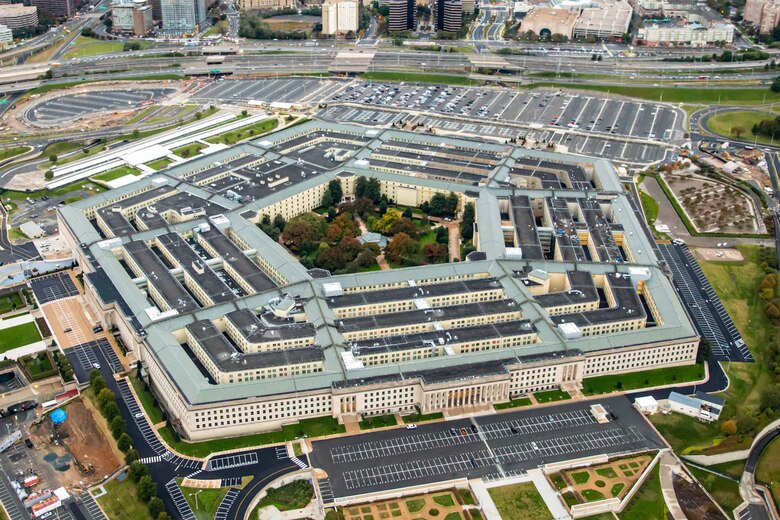Just shy of a year after the Jan. 6 Capitol riot, the Defense Department released a detailed report defining what constitutes extremist activity and recapping DOD efforts to date to reduce and prevent extremism within the ranks.
The department will not make a list of prohibited groups, but DOD has defined a two-part test for commanders to assess a violation: Does the act constitute extremist activity; and did the service member “actively participate”?
New regulations go much further than past guidance in defining extremist activities and even state that a “like” of an extremist comment on social media constitutes a violation.
“The physical act of liking is, of course, advocating,” Pentagon Press Secretary John F. Kirby told reporters Dec. 20—”advocating for extremist groups, certainly, [or] groups that advocate violating the oath to the Constitution, overturning of the government, terrorist activities.”
The new instruction includes a glossary defining terms such as “liking” and “sharing” on social media along with platform-specific terms such as “re-tweeting.” The term “widespread unlawful discrimination” is also in the glossary, defined as extensive discrimination of individuals or groups on the basis of race, gender identity, sexual orientation, and other factors, which deprives those persons of constitutional or other rights, such as civil rights and fair housing.
Kirby made clear that the department will not actively monitor the social media accounts of service members. He said extremist ideologies or a membership in an extremist group are not in themselves violations. Membership in an extremist group, however, will make it hard for a service member not to violate a regulation.
“In order to prove your membership, you’re probably going to run afoul of one of these criteria sets,” he said.
Taking part in extremist activities, such as violent protests, fundraising, or otherwise promoting the extremist group are some of the prohibited actions.
Upon taking office, Defense Secretary Lloyd J. Austin III established a Countering Extremist Activities Working Group and took four immediate actions that included calling for an extremism standdown across the department. The event gave service members the opportunity to discuss the growing problem and solutions. Among the requests from the force was greater clarity on what constituted extremist activity.
Revising the DOD instruction that defines what constitutes extremist activity was one result, while adjusting recruiting and separation briefing activities was another. Training and education within the service will come next, Kirby said.
Other next steps suggested by the working group include reforms of military justice and policy, investigative and screening processes, training and education, and the department’s Insider Threat program.
Austin also commissioned a new study on extremism in the ranks, but no further details were provided.
Kirby said DOD does not have a comprehensive way of tracking cases of extremism but in the past year found that fewer than 100 individuals violated regulations on extremist activity. The six service members who participated in the Capitol riot were likely among the 100.
Potential violations of the prohibition on extremist activity will be considered like any other violation, Kirby said, on a “very case-specific” basis.
Kirby cautioned that DOD will not be monitoring service members and that the policy does not impact personal beliefs or political persuasions.
“There’s no monitoring. It’s not about monitoring,” he said. “This isn’t about political leanings or partisan inclinations—it’s about activity. It’s about prohibited extremist activity and active participation in that activity.”

